If you have a crawlspace, there are a few things you need to regularly do to ensure you have a happy crawlspace.
- Check Foundation Wall.
- Check for Standing Water.
- Identify any smells, wildlife, or debris and get rid of them.
- Bugs.
- Inspect your moisture barrier.
- Look for any dripping pipes.
- Check your vents.
- Service or check your HVAC systems.
- Remove anything stored.
Let’s jump in!
Foundation Wall
We’re taking these in order of importance. The first thing you want to check is your foundation wall. Because of how important this part is, you should spend a little amount of time, with a flashlight if you need to, looking at the inside and outside of your foundation wall for cracks or any other damage. Small damage can be fixed for relatively cheap, but if you let water or pressure keep damaging that spot, you could be looking at a very expensive repair down the road.
If you find cracks or damage, be sure to patch them properly. Small hairline cracks only need to be patched with a weather sealing patch. Larger ones need a more professional repair.
Standing Water
You should never have standing water in your crawlspace. That’s really bad for your foundation. Additionally, you can breed harmful fungus and bacteria in it.
Generally, standing water is from outside water getting in. You should see if there are any spots in your foundation where water can get through. Alternatively, water might be coming up through the moisture barrier. Lastly, water can be coming from your plumbing. If you can’t find anywhere else it could be coming in from, check your pipes and water heater (which you need to do anyway) for leaks.
If you can’t take care of the moisture with these few steps, you might need a pump or dehumidifier installed to keep it nice and dry down there.
Smells, Wildlife, Debris
Time for the old sniff test. Does your crawlspace smell bad? If it smells like anything other than dirt or a little musk, you probably have an issue. The number one thing that causes smells is moisture. If you have standing water or a lot of moisture in your crawlspace, take care of that first.
Next, check for any signs of wildlife. Raccoons, squirrels, rodents, dogs, and even bats will all take up residence under your house if you let them. Check around the edges of your crawlspace for any animal waste or debris to see if you have an unwelcome guest. If you do, you need to get rid of them immediately. Those smells and diseases will easily carry up into your house. They can even crawl through your walls!
Bugs!
The main bug we’re talking about is termites. You can identify a termite infestation by the tubes the make up your concrete foundation walls. Once they reach the wooden parts of your house, you have a much bigger problem. Any termites, carpenter ants, beetles, wasps, or other nasty bugs should be taken care of immediately when found. Don’t give them a chance to get a foothold in your structure. Repairing a sill plate or foundation is super expensive.
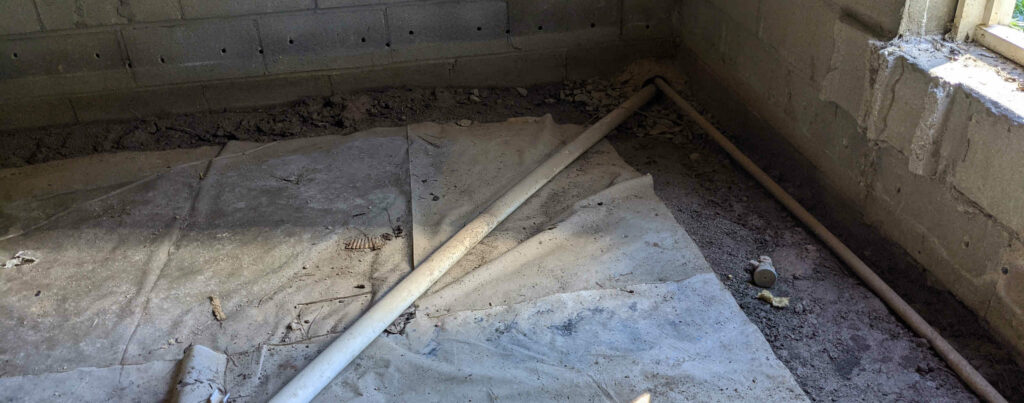
Moisture Barrier
Now that you’ve walked all around it, time to check the moisture barrier. This is the thick plastic sheeting on the floor and sometimes up part of the walls of your crawlspace. It should be unbroken and dry on your side. If you have any tears or bald spots, you can patch small parts. If you have serious problems with your moisture barrier, you should probably replace the whole thing. A properly installed moisture barrier really only lasts about 20 years.
Now, if you don’t have one at all, you should go ahead and get that now. A lot of older homes don’t have them, but here in Durham, they’re really important to avoid mold and pests from colonizing your crawlspace.
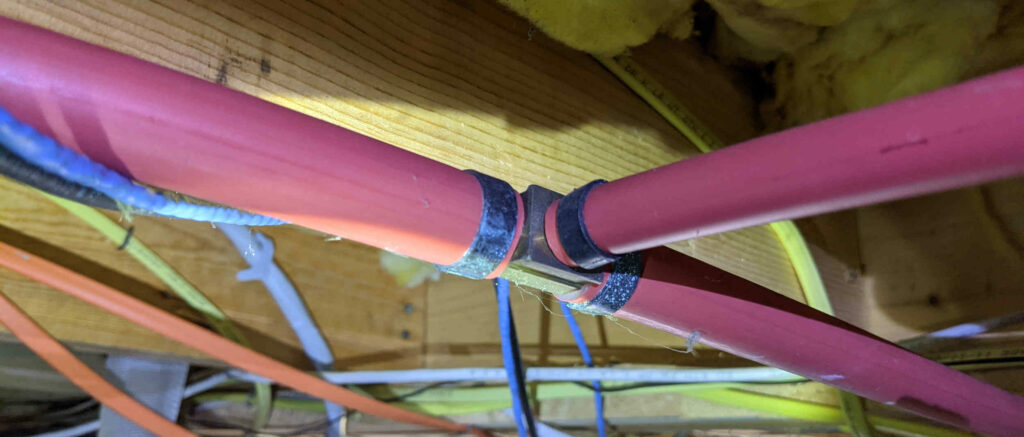
Dripping Pipes
We all know that dripping pipes are bad. While you’re already under your house, you should inspect the pipes to make sure none of them are dripping. Don’t be afraid to run your hand along them to see if they’re wet. Just be careful with the hot water one that leaves your hot water heater. It might be too hot to touch with your bare hand.
Most leaks will actually be around connectors. Closely inspect all of the ones you have to see if there’s any moisture coming out of them. If there is, you may need to replace the plumbers tape or the connector itself. Fortunately, most of these are cheap and easy fixes if you know what you’re doing. If you don’t, hire a plumber and it still wont’ be that bad.
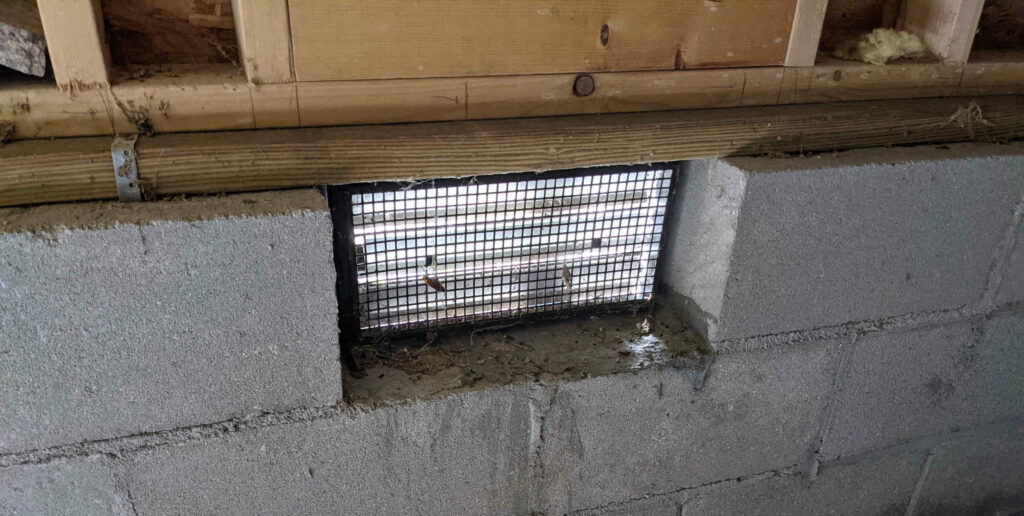
Vents
Now we’re on the easy stuff. Take a look at your vents. Are they damaged? If they are, repair them. If not, you’re good. Just make sure they’re open for the hot and humid months and closed for the cold dry ones. It’s more important that they’re open for the humidity than closed for the cold. If you’re prone to forget, just leave them open year round.
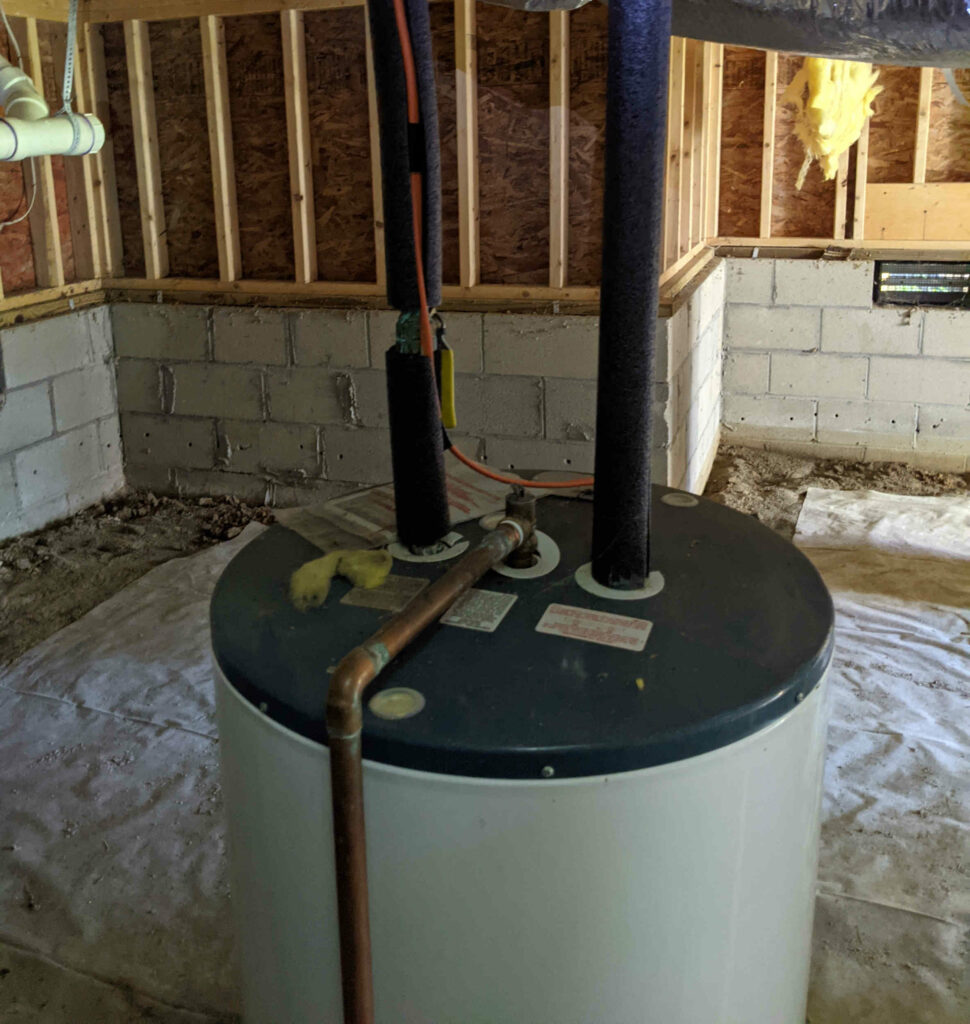
HVAC & Water Heater
While you’re down there, you might as well check your HVAC and water heater. Mostly this is just a visual inspection. Is there a pool of water under either of them? Do they look rusted? Are pipes not coming out like they’re supposed to? There’s not really a lot else you can do unless you know how to service them.
One tip I learned was to check the flashing. That’s any tape (usually metallic in color) that is covering joints in pipes or vents. If it looks worn or damaged, you should replace it. Holes in your flashing can reduce your HVAC’s efficiency by a lot because you just end up heating or cooling your crawlspace instead.
Remove Anything Stored Under Your House
If you store things under your house, you’re asking for pests, moisture, and mold. You shouldn’t use your crawlspace as extra storage.
When are you heading down into your crawlspace to go through these things?
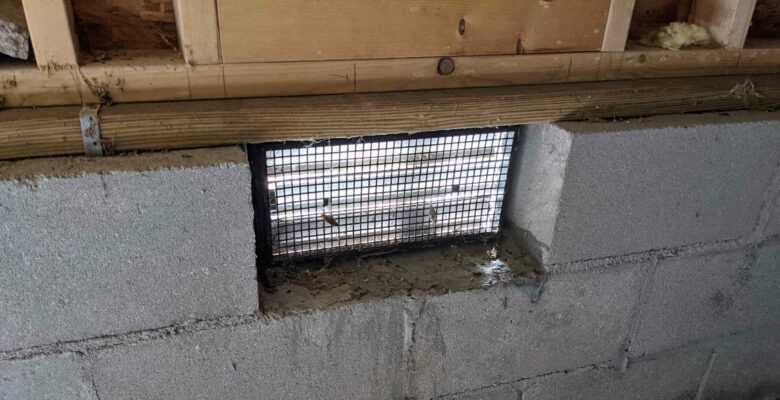

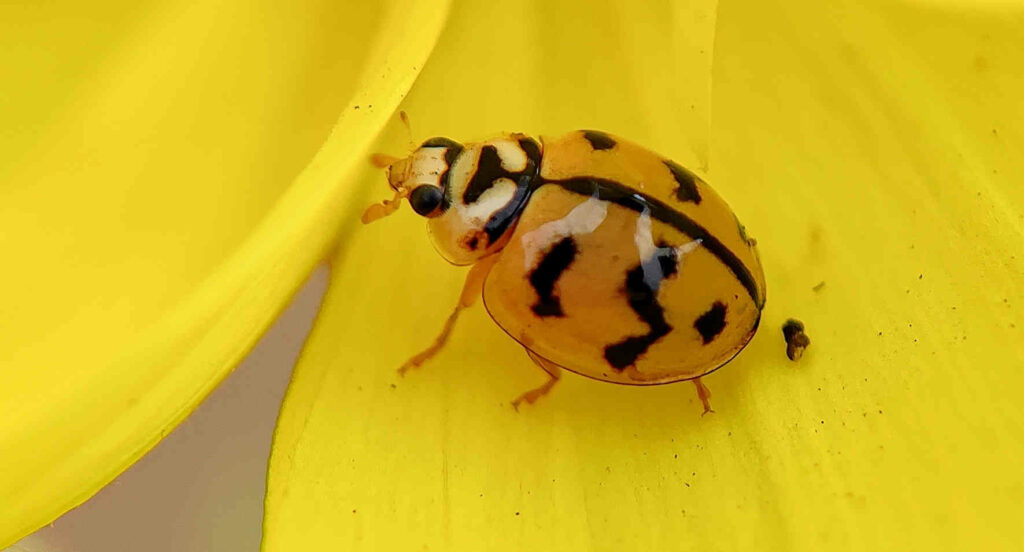


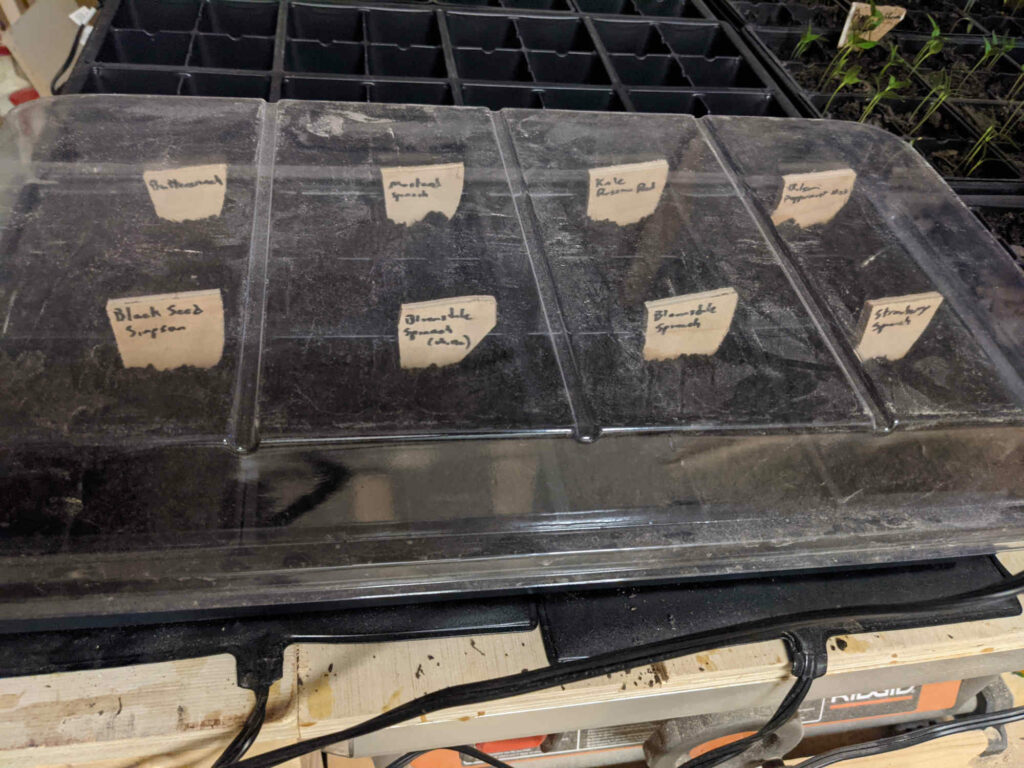
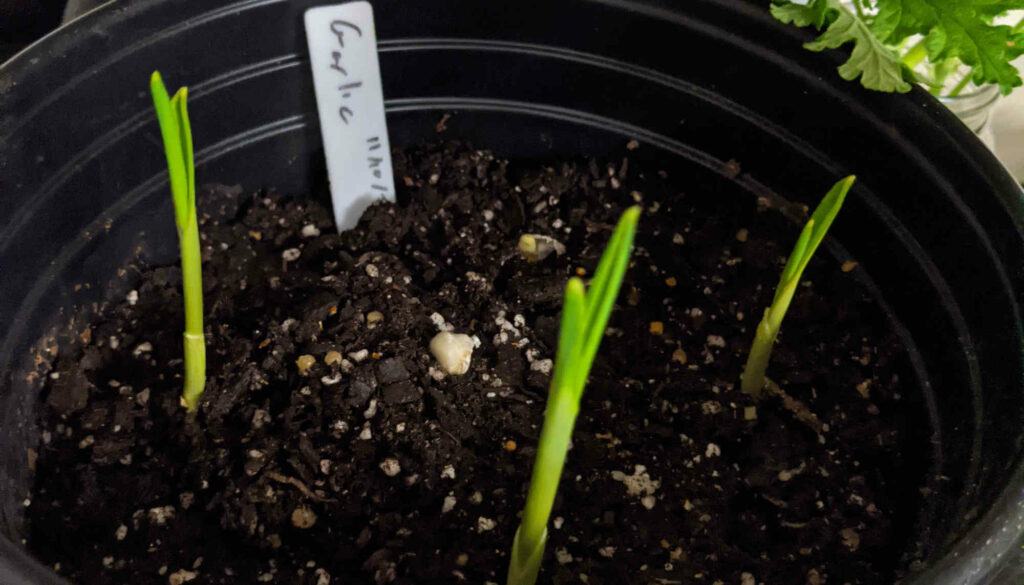
Leave a Reply